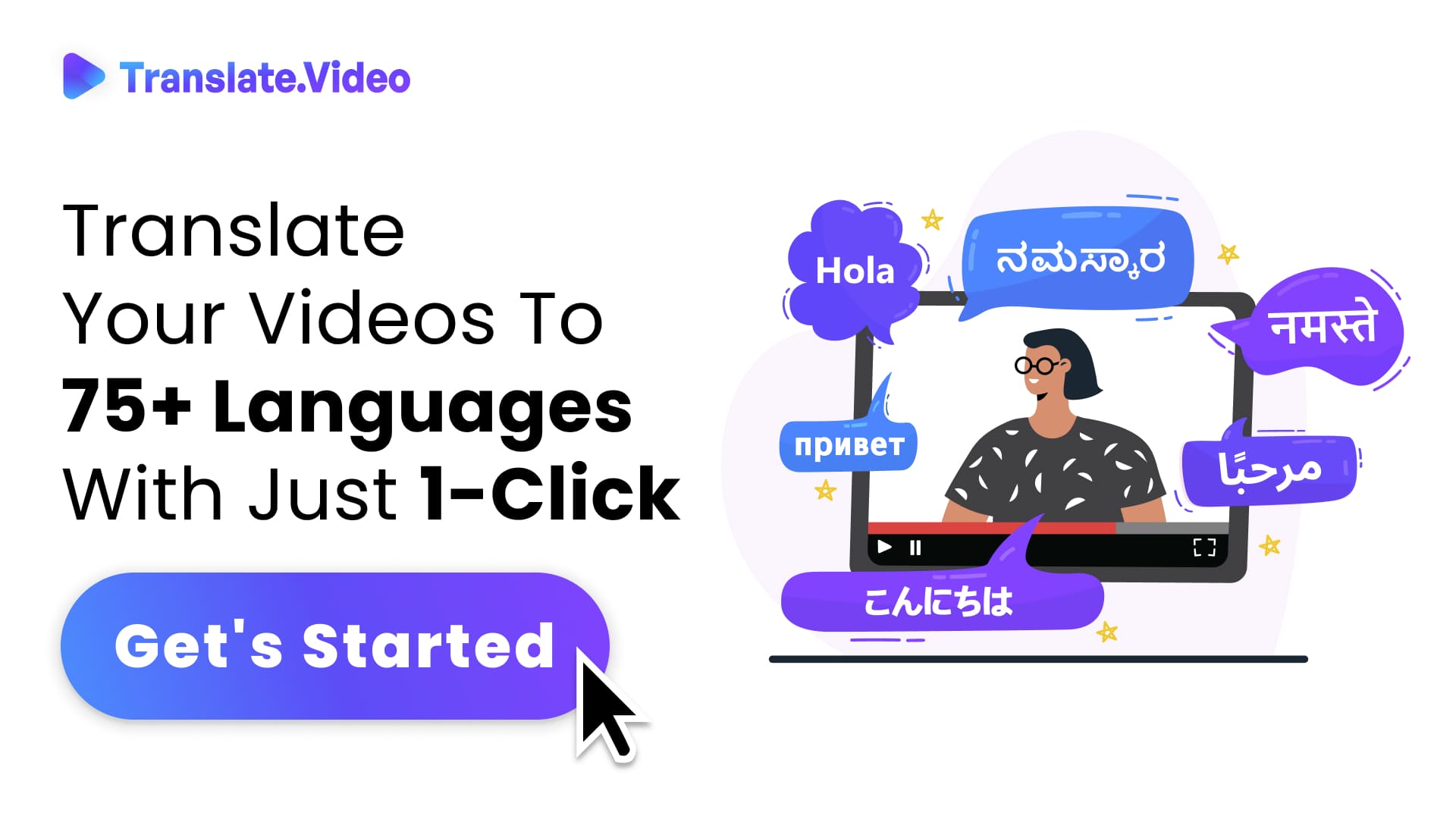The Power of Translating Websites with Pictures: Enhancing Global User Experience
Bridging Language Gaps: The Art of Translating Websites with Pictures

In our interconnected digital world, the saying, "A picture is worth a thousand words," has never been more relevant. Pictures bring content to life, making complex ideas digestible and relatable. But what happens when we combine the vibrancy of images with the power of language translation on websites? It's a marriage of accessibility and engagement. In this blog, I'll dive deep into the concept of translating websites with pictures, its origins, definition, and benefits.
It's fascinating to think that both pictures and languages are mediums of storytelling. While languages relay stories through words, pictures do so through visuals. The challenge arises when a website with images needs to cater to a global audience. That's where website translation, especially those with pictures, comes into play.
Translating Websites with Pictures: The Concept
The Origin
The idea of translating content isn't new, but as websites became more visual, the need to translate accompanying texts within images grew. Infographics, memes, or even product images often contain embedded texts that, when translated, can drastically improve user comprehension.
Definition
Translating websites with pictures refers to not just converting textual content into another language, but also ensuring that texts within images, graphics, or any visual media are accurately translated and contextually relevant.
Why It's a Game-Changer
Translating images is no less than a revolution in website translation. Here's why:
Universal Comprehension: A translated meme in French can be just as hilarious in Spanish if done right!
Better User Engagement: An infographic makes sense only when its textual elements align with the user's language.
Boosts SEO: Search engines value user experience. A website that caters holistically to a particular language group, including images, can potentially rank higher.
Benefits of Translating Websites with Pictures
Increased Traffic: By making your site accessible in multiple languages, including image text, you draw in a broader audience.
Higher Retention: Users are less likely to bounce off if they understand both textual and visual content.
Brand Reputation: It shows that you care about every visitor's experience, regardless of their language.
Applications
E-Commerce Sites: Product images with details in the user's native language can boost sales.
Educational Platforms: Diagrams, charts, and other educational images can be understood globally.
Blogs & News Sites: Infographics, memes, and other visual content can cater to everyone.
Conclusion
To me, translating websites, especially those rich in pictures, is not just about increasing reach; it's about inclusivity. It's about telling every visitor, "I value and respect your language, and I want you to have the best experience here." As website owners, we should strive for such inclusivity, and tools and platforms that aid in translating websites with pictures are our allies in this mission.
FAQs
1. Why is it important to translate text within images?
Text within images often conveys vital information or context. By translating it, you ensure that all users, regardless of their language, have access to the full content and its intended meaning.
2. How does translating pictures affect SEO?
Search engines prioritize user experience. When a website offers translated text within images, it caters better to non-English speakers or other language groups, potentially leading to improved rankings in localized search results.
3. Are there specialized tools for translating text within images?
Yes, some advanced translation tools and platforms have Optical Character Recognition (OCR) capabilities that can detect and translate text within images. However, post-translation, the design might need adjustments.
4. Is translating text within images more expensive?
It can be, as it might require additional steps like OCR detection, translation, and redesign. The cost varies depending on the complexity of images and the number of languages involved.
5. How do I ensure the quality of translations within images?
It's always a good practice to have native speakers or professional translators review the translated content. This ensures context, nuance, and cultural relevancy are retained.
6. Can any image be translated?
While most images with clear, readable text can be translated, challenges might arise with highly stylized fonts or low-resolution images. It's essential to ensure image quality for accurate translation.
7. Will the design of my images change after translation?
It can, especially if the translated text is longer or shorter than the original. Collaboration with designers might be necessary to adjust the design while retaining its aesthetics.
8. How do I optimize my website for multilingual images?
Beyond translating text within images, consider using alt text, filenames, and captions in the target language. This boosts SEO and enhances accessibility.
9. Does translating text within GIFs or videos follow the same process?
Not exactly. While the principle remains the same, translating text within moving media like GIFs or videos might require video editing software or platforms that support such capabilities.
10. How long does it take to translate a website with pictures?
The timeline varies based on the number of images, the amount of text within them, the number of target languages, and the tools or services used. Always factor in time for quality checks and design adjustments.
Trending Tags
Trending Blogs
What are you waiting for?
Your Dubbing, Subtitles, Captions in one place
Signup free!
